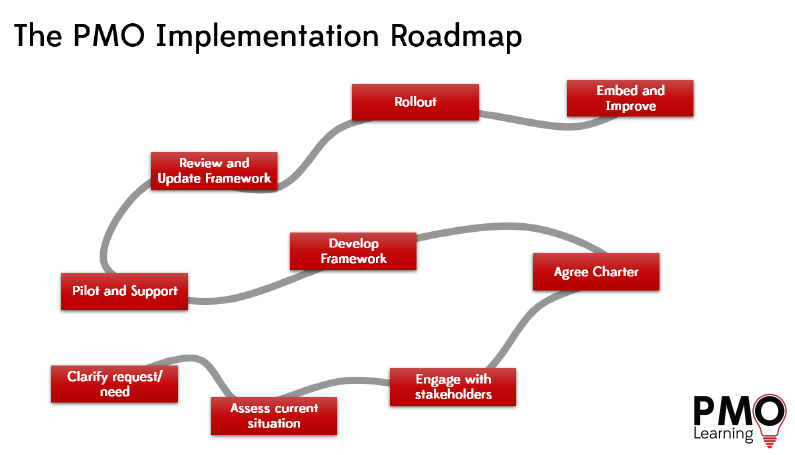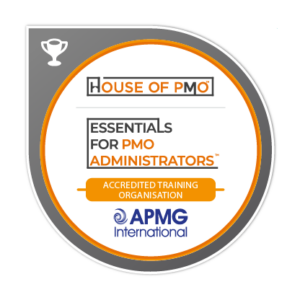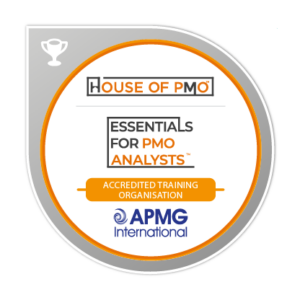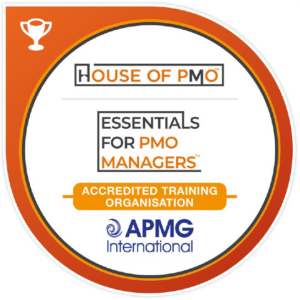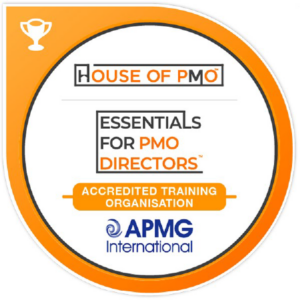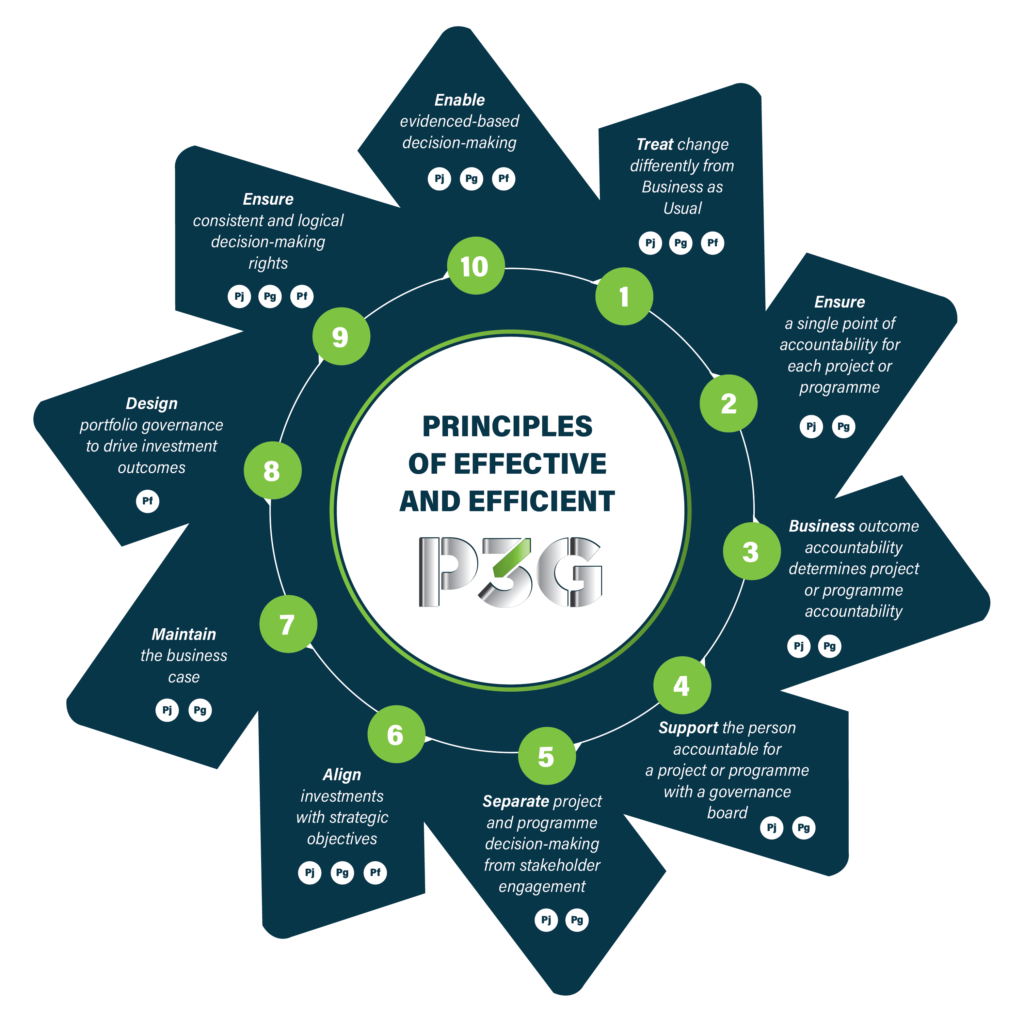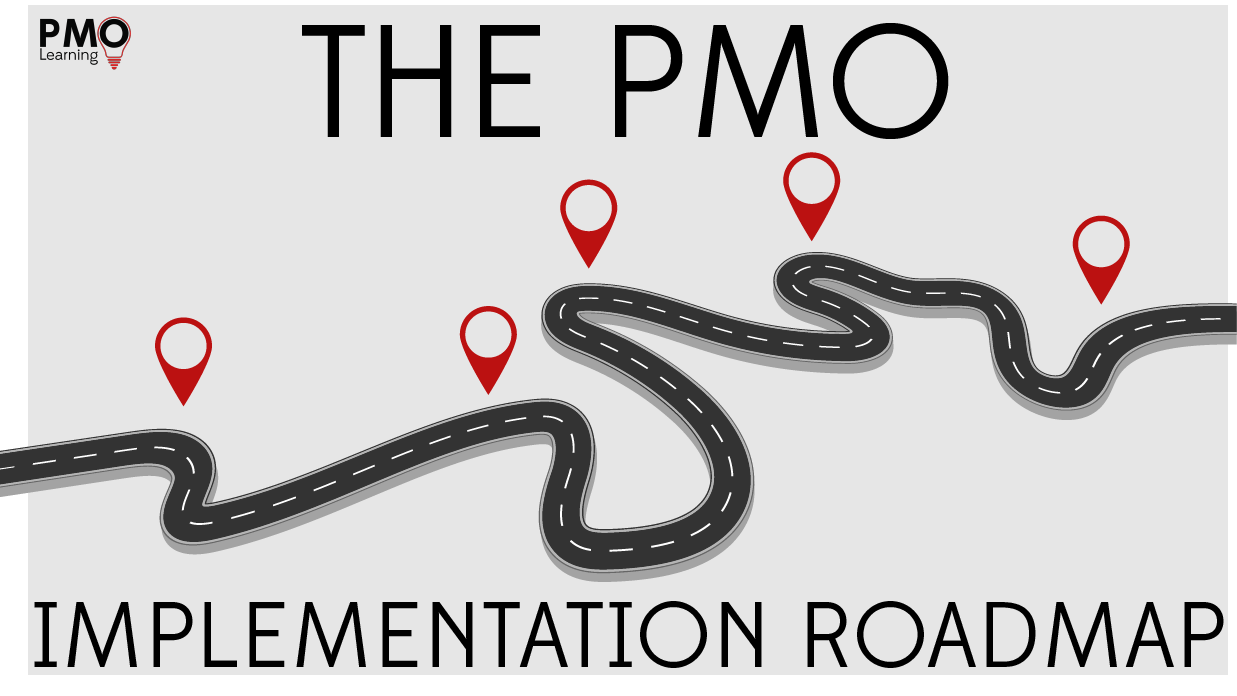
We’re going to be taking a closer look at one of the most important aspects of our two day Setting Up a PMO course – the PMO Implementation Roadmap.
Let’s take a look at an overview of the roadmap, before looking at each stage in turn.
The scale and complexity of the roadmap within organisations will differ dependeding on those interested in the change, the number of stakeholders, the level of change needed to be managed etc. Despite the varying complexity, within different organisations the steps follow the same structure, and can help ensure PMO success!
- Clarify request/needIn order to understand the need for a PMO, there are several questions that need to be asked – where has the request come from? What are the key reasons for looking to set up a PMO? Typically, the requests come from senior management within the project team, and we must also consider the language used within this request – what is the PMO being set up to achieve? How can we establish a possible solution to the issues raised?Some examples of reasons that organisations may provide for establishing a PMO may include:
– To improve project success
– To create consistent processes across the business
– To focus attention on strategic projects
– To ensure all all project investment is properly authorised
The language used can provide some insight into the nature of the PMO looking to be set up.We can also look at Rudyard Kipling poem – Six Honest Serving Men:
I keep six honest serving men, they taught me all I knew.
Their names are What and Why and When
and How and Where and Who.
By providing the answers to these questions, we can clarify the need for our PMO. -
Assess current situation
Organisations need to understand their current project environment – current methods and templates, existing projects, senior management engagement, project success etc. We must also establish the business purpose and strategic objectives – what are we looking to achieve? -
Engage with stakeholders
Stakeholder analysis is a technique of systematically gathering and analysing quantitative and qualitative information to determine whose interests should be taken into account throughout the set up and running of the PMO. We also need to establish who these key stakeholders are, and at which level they sit within the organisation. At a senior level, we may be looking to engage with the CEO, or CFO. However we also need to think about others within the organsation who will be impacted – IT, those currently managing projects, suppliers and even customers.
The engagement with stakeholders can be completed in different ways, from a questionnaire, to a 1-1 interview, however several answers needs to be established – what are their expectations? What benefit will the PMO provide to them? What are the key measures for success? Why a PMO? What will they be expected to do?
- Agree charter
The purpose of the PMO Charter is to establish a clear mandate, scope and objectives for the PMO, outlining the services and captabilities of said PMO in order to outline a formal record of what the PMO is being set up to do. This allows senior management and key stakeholders to formally authorise, understand and commit to the PMO.
The charter will establish the purpose of the PMO, services and capabilities, measureable objectives and success criteria, risks, budget, outline the stakeholders, approval requirements, name and seniority levels of the assigned PMO manager, and the name and authority of the PMO sponsor. - Develop framework
There are many different P3M frameworks available – Agile, PRINCE2, waterfall etc. At this stage of the roadmap, we need to create a framework that works for the organisation, recognising factors that may influence what the framework will look like, and how to tailor a successful framework to the business needs. - Pilot and support
Now comes the stage in which we need to pilot our new PMO. Some key questions to consider may be what PMO services should we be piloting? Where would be a good place to pilot these services? We are looking to make the pilot process as positive as possible to ensure stakeholders of the PMO services are able to engage, understand and commit to it. We can measure the success of the pilot by checking against KPI’s. - Review and update framework
Due to the nature of the pilot – it is almost inevitable that the framework will need to be adapted. Using the KPI’s from the pilot stage, we can identify ways in which the framework should be tailored – was it too ambitious? Will senior management need to complete some training?We also need to ensure that all changes are documented, and signed off by the correct authorities. Good configuration management is key here, so we can clearly see any modifications that have been made. - Rollout
Following the pilot and subsequent review of the framework, we now need to look at rolling out the PMO. As with any stage within the PMO Implementation Roadmap, careful planning is essential.Not only do we need to ensure that those within the PMO are ready to go, but that those within the wider organisation are prepared – have they had sufficient education/training?Another aspect to consider is the timing – we may be suprised with how efficiently the rollout is progressing, allowing us to speed up the process. However, it may also be more challenging than imagined – it is vital that we are prepared to slow down and speed up the process as necessary; do we have a Plan B if the original timeline doesn’t proceed as anticipated? How can we build momentum for the rollout? How can we support those within the organisation – further training, drop-in sessions, a template library? By providing this assistance, we are able to move our organisation from one of a compliance mindset, to one of commitment.
- Embed and improve
The final step of the PMO Implementation Roadmap is Embed and improve – we’ve completed the Rollout phase and now need to look at really establishing the PMO within the organisation.Reflecting on the outcome of the Rollout phase is extremely important here – what services were initially introduced? How could these be improved? Which services can we look to follow up with? The Rollout phase works as a foundation on which we are able to improve – have we allowed for a positive reputation?The criteria will vary depending on the different needs of organisations, however there are several areas in which all organisations should refer to when deeming the success of the new PMO…
– Has it been consulted for advice?
– Seen as value for money?
– Able to competently provide the services outlined?
– Learned and adapted from previous mistakes?
This post provides just a brief overview into all that goes into implementing a PMO within an organisation. If you’re looking to learn more, our Setting Up a PMO course runs over two days, which walks you through the practical steps of implementing a PMO. Delegates will benefit from a raft of tools, techniques and templates to establish a consistent approach to project management within their organisation. The course also covers Programme Office and Portfolio Office as an extension as the roadmap can be used for the set up of these types of PMOs. You can find out more about the Setting Up a PMO course by clicking here!
Enjoying Our Blog?
Sign up and receive all our articles (we’ll send you an update once a week!) plus special offers and events:

